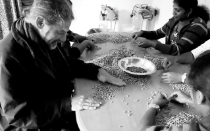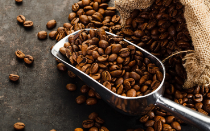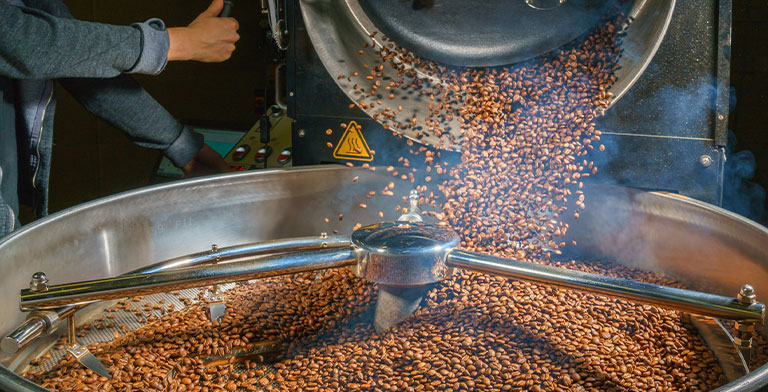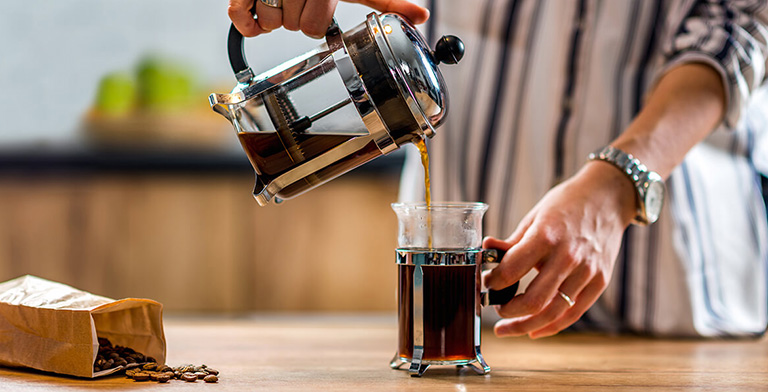
Arabica Coffee vs Robusta Coffee
Arabica Coffee vs Robusta. Is there a difference?
Here’s the breakdown of your favorite coffees, their differences and more!
Everyone has a preference when it comes to their favorite natural coffee bean.
While you enjoy both Arabica and Robusta beans, you feel like your knowledge of the difference between the two isn’t as strong as you’d like.
There are actually dozens of different varieties of coffee beans. When it comes to your daily cup, though, there are really only two that matter: Arabica and Robusta. These are the two primary types of coffee cultivated for drinking.
Did you know that coffee comes from a large family of flowering plants called Rubiaceae with over six thousand species? Although botanists consider all seed-bearing members of this family as coffee plants, we only consume coffee from two main species – Arabica and Canephora. Arabica beans consist of two varieties, namely Typica and Bourbon. When it comes to Canephora, however, we mainly consume the variety called Robusta, which is why this term is applied across the category.
What’s in a Name?
The name Coffea Arabica, or Arabica is said to be derived from its history, inspired by its maiden voyage from Ethiopia to Arabia in the 7th century. While the plant originates from Ethiopia, historians believe it was first cultivated in Yemen. Coffea Arabica is also known as بُنّ (būnn) in Arabic.
Robusta coffee is defined by its robust, hardy nature. Its resilience and resistance to external threats play a significant role in its nomenclature, as well as in its ability to be cultivated across diverse regions across the world.

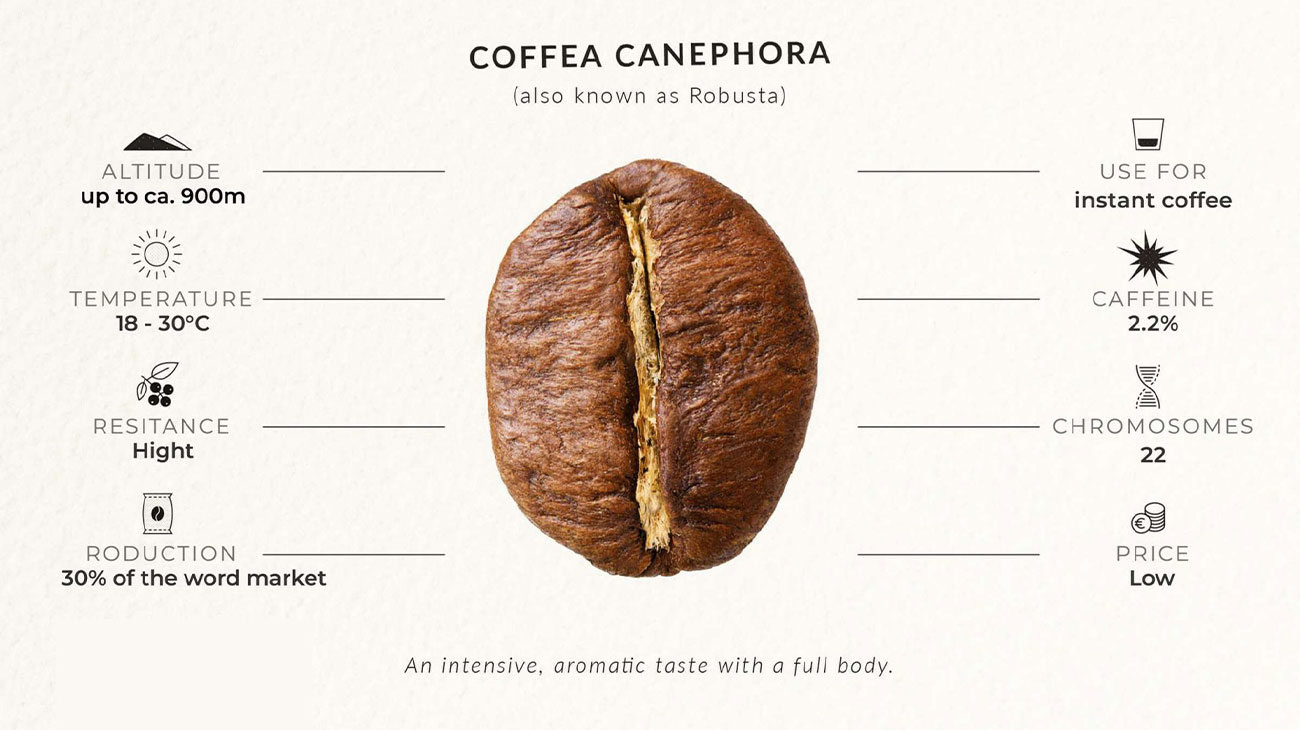
What’s the Difference?
While there is an obvious difference between the species, the primary differences between Arabica and Robusta boils down to the flavour and characteristics of each bean. Here are ten key differences which can help you differentiate between each bean.
Difference #1 – Taste
Arabica beans are considered more superior in taste, with a light and fruity profile, while Robusta is often described as having a less refined, grainy and rubbery bitter taste.
Difference #2 – Caffeine Content
Robusta’s unpleasant taste comes from its higher levels of caffeine – Robusta beans enjoy a caffeine content of 2.7%, almost double that of Arabica, which only has a level of 1.5%.
Difference #3 – Lipid and Sugar Content
Arabica’s much-loved flavour is often attributed to its high levels of lipid and sugar, as it contains 60% more lipids and almost twice the amount of sugar, when compared to the Robusta variety.
Difference #4 – Price
Robusta green beans are far cheaper in comparison to its alternative, and are often sold for half the price of the Arabica variety in the commodity market.
Difference #5 – Cultivation
Robusta is far easier to cultivate. Farmers of this variety experience higher yields, and the plant is less sensitive towards pests and infestation, as its high levels of caffeine act as a chemical defense for the coffee seed, due to its toxicity towards bugs.
These factors assist in increasing supply and lowering costs in terms of production, thus contributing towards its more attractive price point in today’s market. In contrast, Arabica plants are notoriously difficult to cultivate, resulting in its premium price levels. The plants take seven years to mature, and provide lesser yields in comparison to the sturdier Robusta plant.
Difference #6 – Form and Use
Robusta is often used in instant coffee, espresso, and at times combined as a filler in ground coffee blends. In fact, Robusta is widely utilized in Italian style espresso blends, as it is known to help improve the crema (the creamy layer found on top of an espresso shot). On the other hand, high-quality Arabica is almost exclusively found in gourmet coffee blends.
It’s important to note, however, that Arabica and Robusta are not always poles apart in terms of quality. High-end speciality Robusta coffee can taste as good as, or even better than low-end Arabica.
Difference #7 – Shape
Robusta beans are more circular in shape, while Arabica varieties are more ovular.
Difference #8 – Plant Height
In terms of height, Robusta towers above, with a height of 4.5 – 6 metres, in comparison to the Arabica’s average height of 2.5 – 4.5 metres.
Difference #9 – CGA Content
Chlorogenic acid is a key component of coffee, serving both as a significant antioxidant and an insect deterrent. Robusta constitutes higher levels of CGA at 7-10%, while Arabica maintains CGA levels between 5 and 5.8%.
Difference #10 – Location
Arabica coffee flourishes more in tropical climates at higher altitudes, with cultivations often found in close proximity to the equator, namely in countries such as Ethiopia, Guatemala, India, Colombia and Brazil. Robusta, on the other hand, is mostly cultivated in Africa, Indonesia and India.
Brazil continues to maintain its status as the world’s primary producer of Arabica coffee, while Vietnam is known for its production of Robusta beans.
What does this mean?
Although the differences listed above are often commonly found among the two variations of coffee beans, there are exceptions to these rules. It’s important to remember that a single type of bean and variety can register a notable difference in terms of quality and taste.
In fact, flavour profiles can vary according to the unpredictable nature of growth conditions, and can also be impacted by the processing method it undergoes. Therefore, even something as simple as the location of growth can influence the cup’s distinctive flavour.
Take, for example, Kona coffee, which stems from the Arabica variety. However, what makes them unique is the fact that they are grown solely on the slopes of two volcanoes of Hualalai and Mauna Loa in Kona, Hawaii. The prevailing environmental conditions ensure the beans produced here to provide a unique flavour that is found nowhere else in the world.
In conclusion, while Arabica and Robusta beans exhibit wholly different taste profiles, it can be challenging to decide which one is better than the other. Each type is equally flavourful, extending a range of benefits and flavours that a range of coffee drinkers can select from based on their needs.
If you are interested to try out Arabica Coffee you could purchase it from our online store.



